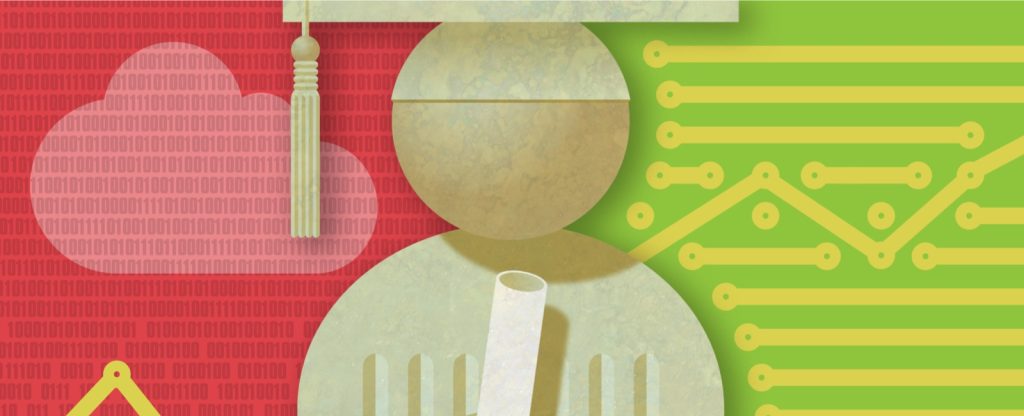Redesigning Higher Education for the Future

As college costs continue to soar, a growing number of students are turning toward alternatives to a traditional four-year degree. With opportunities in trades, apprenticeships, and coding bootcamps, the education system needs to evolve to better prepare students for the changing job market.
1. Shift Focus to Applied Learning
Traditional education often emphasizes theoretical knowledge over practical skills. However, the workforce demands hands-on experience. Colleges should focus on project-based learning, where students partner with local businesses for real-world assignments, or take on for-credit internships that lead to tangible outcomes. For example, Northeastern University integrates cooperative education programs, where students spend up to three six-month stints in full-time roles, making the work experience a requirement for graduation.
2. Incorporate AI Literacy Across All Disciplines
AI is transforming every industry, and it’s vital that students, regardless of their major, gain practical knowledge of AI tools. This includes learning how to work with large language models, recognizing AI-generated content, and understanding when human judgment is essential. MIT has begun integrating AI literacy across their curriculum, offering courses in AI and ethics to prepare students for this evolving technology. This type of education will allow students to use AI confidently while developing critical thinking skills.
3. Prioritize Portfolio Development Over GPAs
Employers care less about GPA and more about a candidate’s ability to produce work. College students should be encouraged to build portfolios, showcasing their accomplishments, projects, and personal brands. Schools should shift away from GPA-centric evaluations, allowing students to earn credit for developing portfolios, launching digital products, or creating content. For example, art schools have embraced portfolio-based assessments, allowing students to track their creative development and showcase their skills over time.
4. Create Flexible Degree Pathways
The average person now changes careers multiple times in their life. Traditional college programs often lock students into a single career path. Colleges should allow for more flexible degree structures, enabling students to combine fields like tech and ethics, business and design, or psychology and computer science. Arizona State University offers a model where students can tailor their degrees to match their evolving career interests, which reflects the reality of modern professional growth.
5. Foster Entrepreneurial Spirit
Students today don’t have to wait until graduation to start building their careers. Many successful young entrepreneurs begin their ventures during their studies. Colleges can support this entrepreneurial spirit by offering seed funding for student-led projects, mentorship programs, and pitch competitions. Babson College, for example, provides students with seed funding for viable business ideas, while the University of Pennsylvania connects students with alumni entrepreneurs for guidance. Colleges can offer workspace, legal advice, and local business networks, helping students turn ideas into tangible projects.
The Changing Landscape of Education
With more coding bootcamp graduates earning six-figure salaries and job security growing in fields like AI, coding, and trades, the need for change in higher education is clear. Colleges must adapt to meet the needs of a rapidly changing workforce by prioritizing practical skills, flexibility, and entrepreneurial opportunities. Those that embrace this change will attract motivated students and produce successful graduates, while those that resist may risk irrelevance in an increasingly competitive and dynamic world.

